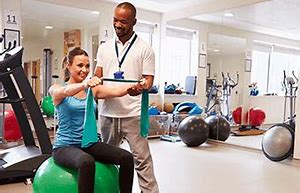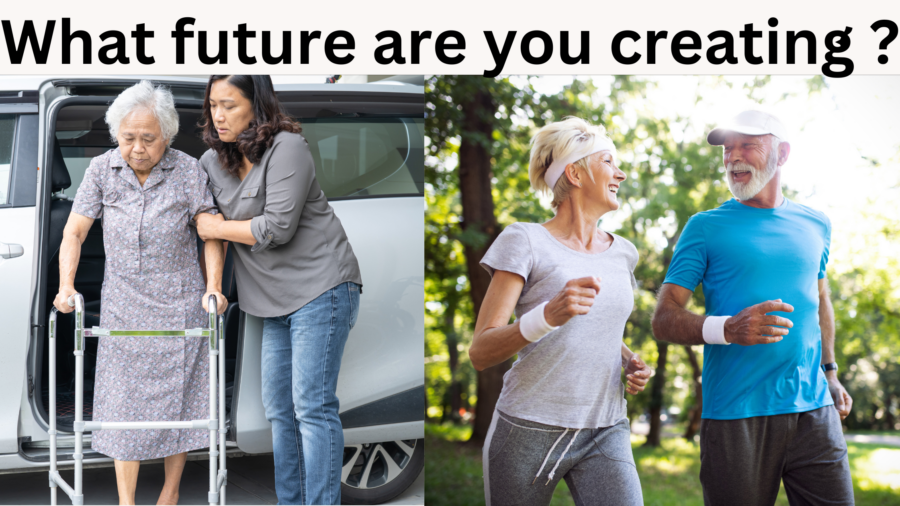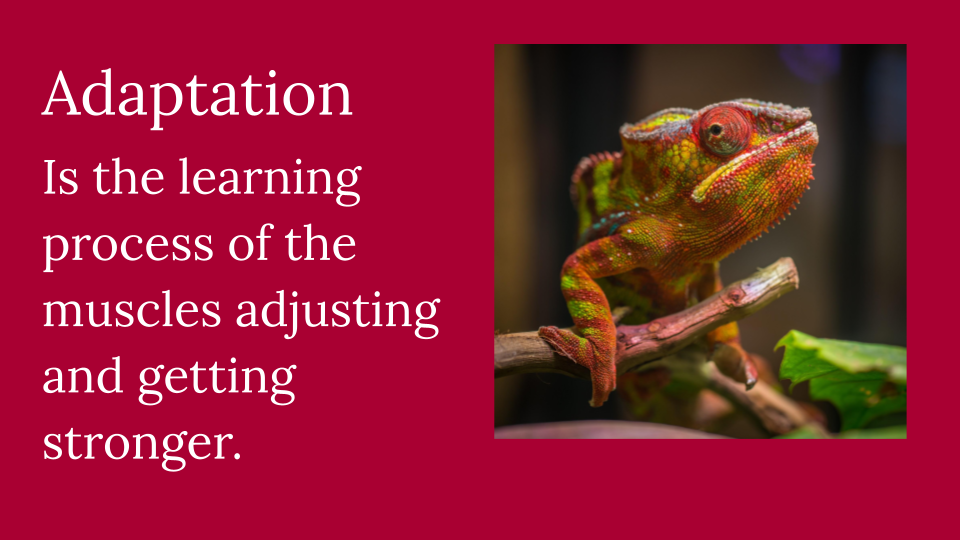
By Dr. Paul Kochoa
What do you think about when I say, “physical therapy”? What’s your idea of physical therapy? How about the “traps” of physical therapy? What are the “traps”, you say? Well, I’m glad you asked. Physical therapy “traps” are common misconceptions of physical therapy that many people have, and that also sabotage their success with physical therapy. So let’s talk about the 5 most common physical therapy traps.
Trap #1: Assuming that therapeutic corrective exercise is the only thing you need.
Your body is a complex system of systems that are simply interconnected in a way that makes us what we are. Going to physical therapy and thinking that only doing corrective exercise will be enough to fix it is like taking a Lamborghini in for an oil change at Jiffy Lube. Exercise alone is no way to address pain or movement dysfunction. What is really needed is to engage the brain and neurological system via manual therapy and interventions that can re-wire the hardware by working on reloading new software. Mindlessly doing exercises and expecting results is wrong. Your body will find a way to do things wrong and perseverate the underlying issues. Don’t fall for this common trap. Corrections need manual input as well.
Trap #2: The longer my physical therapy session is, the better it is.
Most people think that spending an hour and a half or two hours at physical therapy is the way things are done. I’ll make another separate post about this. But essentially, you have to look at what you’re doing with your time. How much time do you spend with the doctor? How much time do you spend doing unsupervised exercise? The answer lies in how much physical therapy time is quality physical therapy time, and during that time, are you accomplishing your goals? If you go to physical therapy and you find yourself just sitting and waiting for your doctor to instruct you on what to do next, then you’ve fallen for this trap. Just because your session is long, doesn’t mean that it was meaningful. It may just be wasting your time.
Trap #3: Not learning anything about your problem.
You may initially go to a physical therapist to address your back or knee pain. But then after all is said and done on the first visit, you know nothing more about your issue than when you walked in. This is a common trap in some PT clinics. They simply don’t have the time to spend with a patient individually to do the proper patient education. Knowing the exact “how” and “why” you have pain is integral for successful outcomes. If your therapist is just shuffling your around from one exercise to another without telling you “why” then you might be falling into this common trap.
Trap #4: You can stop physical therapy when you’re pain-free.
Similar to the other traps mentioned above, this one is all too common. If you’re feeling better, that’s great! That means you’re on the road to recovery. But don’t be too quick to call it quits just yet. Unless you’re at least 85% better than when you first started, you’re 100% more likely to have the same problem come back again. This means that your underlying issues haven’t been truly fixed. The ultimate goal is always to abolish pain, improve function, and ultimately increase resiliency. So don’t fall for this trap, stick with the program, and reap the rewards long term.
Trap #5: Thinking that you need ultrasound and e-stim to get better.
I don’t know how many times I’ve heard this one. Sometimes people just request it because it worked for them the last time they had physical therapy. But then my next question is if it worked the last time, why are they still having issues? This common “trap” was the standard way of treating people 10 years ago. But we know more about the body now and improvement can only occur with learning proper movement and coordination. Reset the hardware and software. Physical therapy should not be as passive as it has become in some places. The trap is thinking that a special device is going to get you pain-free, the trap is thinking that that device is going to help you go up and down stairs, or bend and pick up your kids, or help you lift that box pain-free….
These are some common traps I’ve been seeing over the years. Physical therapy has evolved and so should our perception of what good physical therapy is.
Dr. Paul Kochoa, PT, OCS is the owner of PAR5 Physical Therapy. He can be reached at paul@par5pt.com



